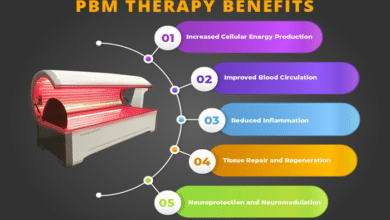Lifelines of Support: Why Cancer Fundraising Drives Medical Advancements

When it comes to medical research and breakthroughs, community fundraising for cancer can be incredibly impactful. Fundraising for cancer is not just about raising funds but about creating hope and connections. The funding generated through community-driven initiatives helps cover the extensive costs of research, medical equipment, and patient support programs. But more than just financial aid, these fundraisers embody a shared hope and determination to improve outcomes for cancer patients.
Innovative fundraising ideas for cancer patients are helping reshape research, enabling hospitals and researchers to make strides that would otherwise be impossible. It brings communities together, giving individuals a chance to contribute to meaningful progress. In this blog, let’s look into how such efforts are driving advancements in the medical field.
How Fundraising Fuels Research and Treatment
Raising money for research brings direct benefits, both to patients and the research community. Donations from fundraising events allow hospitals and research institutes to invest in cutting-edge technology, expand research efforts, and support early detection methods that can save lives. By channelling funds into cancer studies, we increase the chance for groundbreaking treatments and better diagnostic tools to reach the patients who need them most.
For instance, participating in a local walkathon or organising a community event can contribute significantly to research, covering costs that go toward clinical trials and advanced treatments. From family bake sales to corporate charity events, these initiatives all support medical advancements that enhance the quality of life and survival rates for patients worldwide.
Enhancing Access to Resources
Fundraising events don’t just boost research; they directly assist cancer patients. Community-driven funds often go into support programs, counselling, and healthcare subsidies, giving families the peace of mind that help is available when it’s most needed. This support network extends far beyond financial contributions by giving patients and caregivers emotional and psychological support, which is vital to their journey.
Investing in Lifesaving Equipment
When fundraising efforts succeed, hospitals and treatment centres gain access to the technology needed for faster, more accurate diagnoses and better treatment outcomes. These contributions can facilitate the purchase of equipment like MRI machines, radiotherapy tools, and advanced lab testing materials. This ensures that patients benefit from the latest technology, improving survival rates and recovery times. Each contribution, regardless of its size, accelerates the integration of these technologies into patient care.
Building a Compassionate Community Network
Fundraising isn’t solely about raising money; it’s about creating a compassionate network where communities can unite in their support. These events serve as a beacon of hope, reminding patients and families that they’re not alone. This kind of solidarity plays a significant role in a patient’s mental and emotional well-being, which is essential for recovery.
Ways You Can Support
Consider these impactful ways of helping cancer research through fundraising ideas for cancer patients:
- Host Sports Events: Hosting sports-related fundraisers like marathons or cycling events can gather significant community support while spreading awareness.
- Organise Charity Auctions: Auctions provide a fun, interactive way for local businesses and individuals to contribute unique items or services, raising funds while building community spirit.
- Create Awareness Walks: Neighbourhood walks or themed runs can rally friends, family, and neighbours to collectively show their support for cancer research.
Whether it’s a small community bake sale or a large-scale corporate sponsorship, every contribution made toward cancer research and support is a step closer to a cure. These fundraising ideas for cancer patients offer vital resources, improve treatment access, and promote a compassionate community where no one has to face cancer alone. Together, they can create lifelines of support, making a real difference in the fight against cancer.





